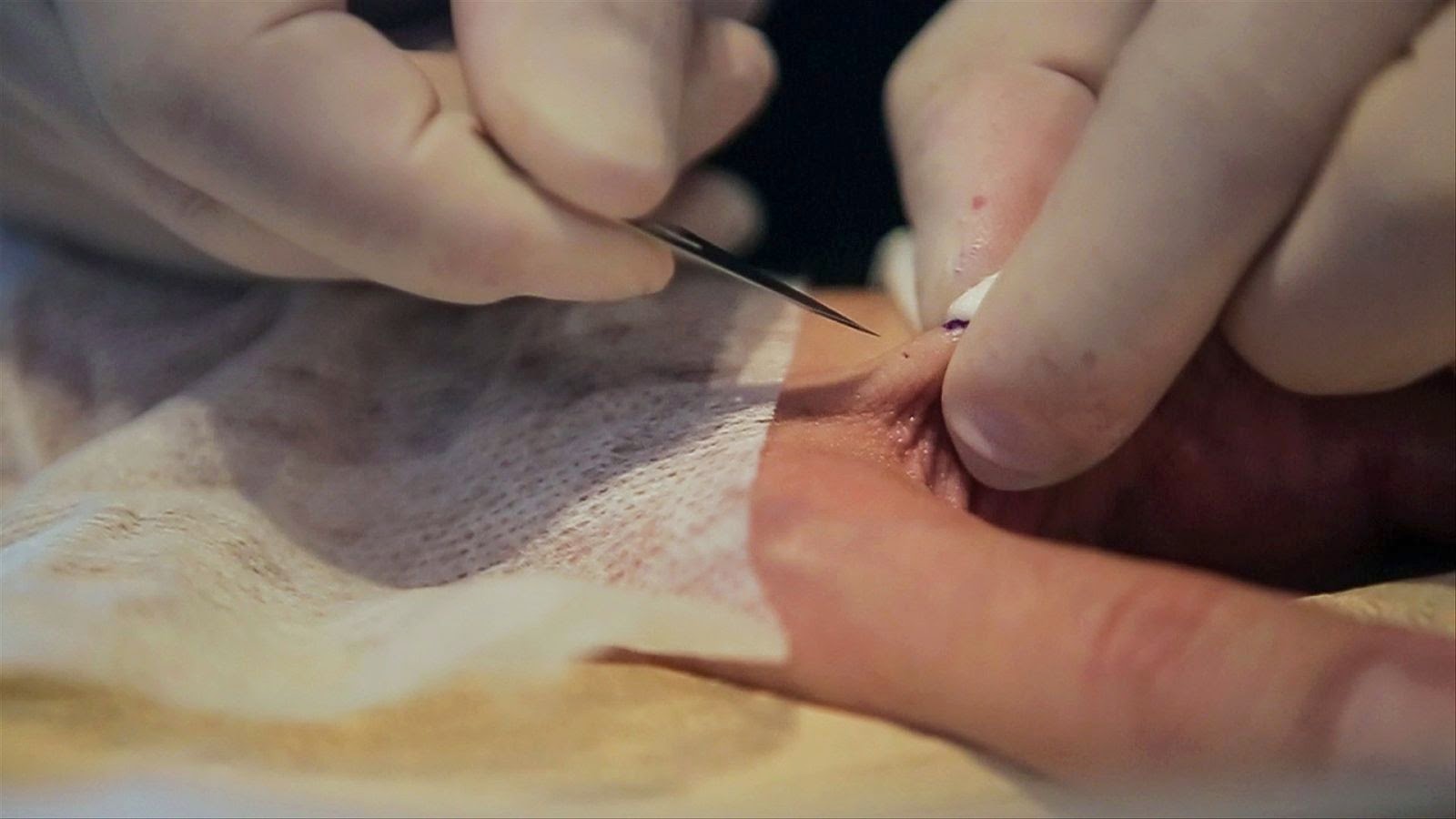The Google's Self-Driving Car
The Google driver-less car is a project by Google that involves developing technology for autonomous cars. The software powering Google's cars is called Google Chauffeur. Lettering on the side of each car identifies it as a "self-driving car".
The project is currently being led by Google engineer Sebastian Thrun, former director of the Stanford Artificial Intelligence Laboratory and co-inventor of Google Street View. Thrun's team at Stanford created the robotic vehicle Stanley which won the 2005 DARPA Grand Challenge and its US$2 million prize from the United States Department of Defense.
The team developing the system consisted of 15 engineers working for Google, including Chris Urmson, Mike Montemerlo, and Anthony Levandowski who had worked on the DARPA Grand and Urban Challenges.
Google's robotic cars have about $150,000 in equipment including a $70,000 LIDAR (laser radar) system. The range finder mounted on the top is a Velodyne 64-beam laser. This laser allows the vehicle to generate a detailed 3D map of its environment. The car then takes these generated maps and combines them with high-resolution maps of the world, producing different types of data models that allow it to drive itself.
In August 2013 news reports surfaced about Robo-Taxi, a driverless vehicle from Google. These reports re-appeared again in early 2014. Following the granting of a patent to Google for an advertising fee funded transportation service which included autonomous vehicles as a method of transport. Paid Google consultant Larry Burns says self-driving, taxi-like vehicles "should be viewed as a new form of public transportation."






Comments
Post a Comment